At the risk of sounding like we’re auditioning for some kind of American TV teen drama – how do you know when you’ve found the one?
By the one, of course, we mean the right agency to partner with. This isn’t just about making you feel special; wining and dining is fine for the honeymoon period, but we’re talking the real thing here. This blog is all the things we think make a good agency.
Being proactive.
The last thing you want is an agency that simply follows orders, you’re paying them for their expertise, and they should be guiding you, not the other way around. Your agency should be coming up with ideas and constantly exploring how to push your marketing forwards. This doesn’t mean just trying to get you to spend more, in fact, it’s often the opposite, a proactive agency will be constantly looking for ways to optimise what you’re doing to either get better results or cut your costs.
Thinking long-term.
Too often we hear stories of agencies doing things that they know aren’t the best option for their client but do them anyway because they just want the money. You want a partner who is committed to you, a partner who isn’t just thinking about your campaign now, but your next five. A quick win, scatter gun style mentality is like gambling, you may be lucky and win big occasionally but more often than not, the bookie will win. A long-term approach is more like investing for your future with a knowledgeable and trusted advisor. There may be an odd bump in the road and not every campaign will be fantastic but over time, the end result will always outperform.
Using data.
We’ve been doing this for over 25 years, and while all this experience and expertise gives us a great gut instinct, key strategic decisions still need data to drive them. A good agency will use data across every part of their process; from customer profiling and segmentation, to design and messaging, to incentives, to calculating ROI, to optimising the next campaign – data should be there at every step. Your agency should be requesting you to share data, the more the better, and feeding data back to you to demonstrate what’s working and what’s not.
Being strategic.
Planning campaigns should always start with understanding your objectives and developing an understanding of how offline marketing fits into your customer journey. Being strategic means focusing on long-term goals and embedding a test and learn culture to your campaigns, performing things like A/B testing to ensure the right insights are being captured to make the next campaign even better. Every company is different and consumer behaviours are constantly changing, so while we have years of experience to bring to the table from day one, A/B testing helps to discover and fine-tune the best response for your prospect and customer base. This means your strategy improves over time…like a fine wine, mmmm wine.
Integrating your activity
Offline marketing shouldn’t be working in isolation from your other marketing activity, it should be working with it. We’ve seen brands run offline campaigns offering discounts that are then superseded by online offers, meaning the offline campaign becomes more or less redundant, and budgets are wasted. An agency should work with you to identify the gaps in your marketing mix, and opportunities in your customer journey for offline marketing to deliver results. For example, Programmatic mail is mail that’s automatically triggered by the customer performing a certain action online, usually abandoning a basket. Data shows that online shopping cart abandonment is as high as 88%, that’s a lot of missed revenue. By automatically sending a piece of direct mail, we can reignite their interest and give them that convincing push to convert.
Pushing your creative.
A lot of in-house design teams are familiar with designing for digital, but not always for offline. A good agency should be shaping your creative, and using their experience and expertise to ensure both your design and your messaging is optimised for offline marketing. It’s not just how it looks, but how it feels. For many brands this is one of the few tangible touchpoints for their customers, and you need to make the best impression. The materials you use, the finishes you apply and the format you use are all vital considerations.
Demonstrating ROI.
A good agency should be taking responsibility and holding themselves accountable, that means demonstrating the performance of your campaigns, and creating ROI for your business. That means building in robust campaign tracking that gives the full picture of the success of your campaign. We provide our clients with a full benefits validation breakdown that shows every penny they’ve spent against every penny they’ve got back. We even use matchback reporting to demonstrate where sales have been generated from a campaign even when a customer hasn’t used the offer code. This is done by matching your customer transaction report for an agreed period of time, usually 28 days and 60 days after the mailing date, with the send file and clearly reporting back exactly how each campaign performed. Giving you an accurate performance report for your campaign.
Suddenly realised your current partner isn’t up to scratch? Maybe it’s time to give them the old “It’s not you, it’s me” line and find someone who is. Someone like us. Making this list was easy because this is all the things that sum up our approach here at PSE. We are a team of specialists, trusted by brands like HelloFresh, Pact Coffee, Penelope Chilvers, and Wild Cosmetics to deliver offline marketing solutions.
Our clients love us, not just because we’re great to work with, but because we are experts who go beyond just fulfillment; we are a hub of insights, strategic planning, design and delivery. We are known for our results. So, once you’ve had “the talk” with your current supplier, grab a ten-minute chat with us and see how great things can be. You’d be crazy not to.




